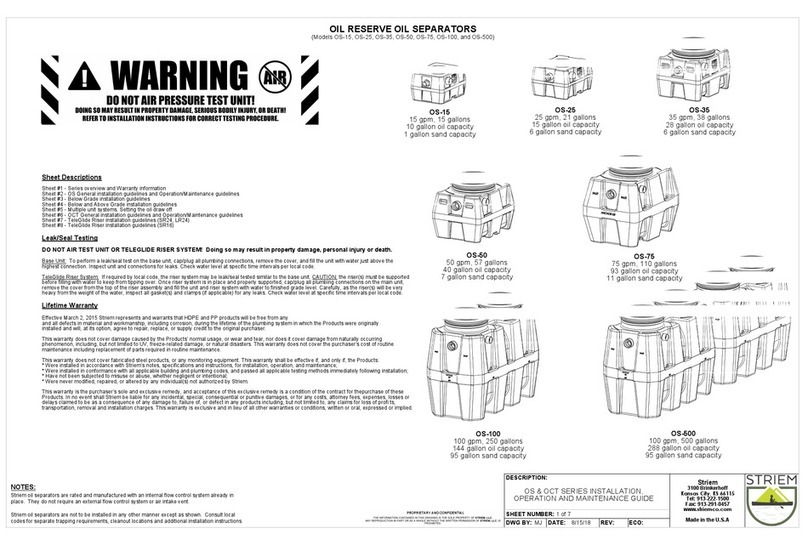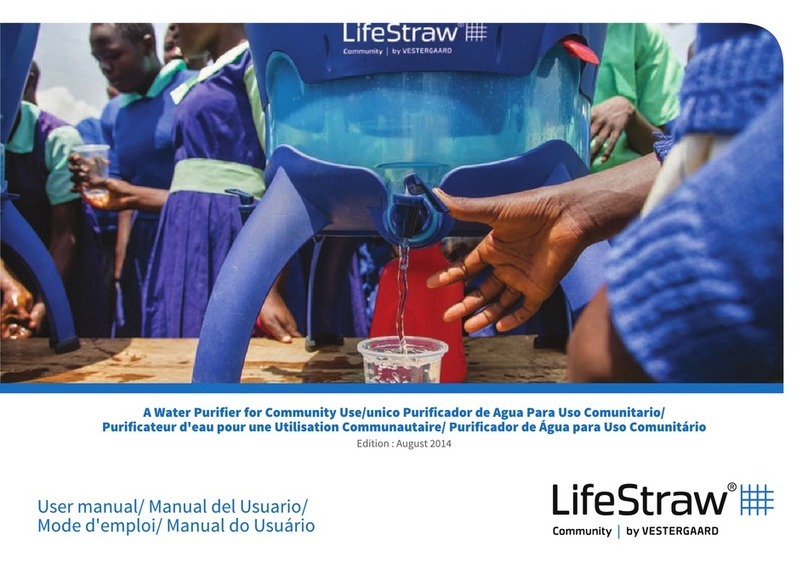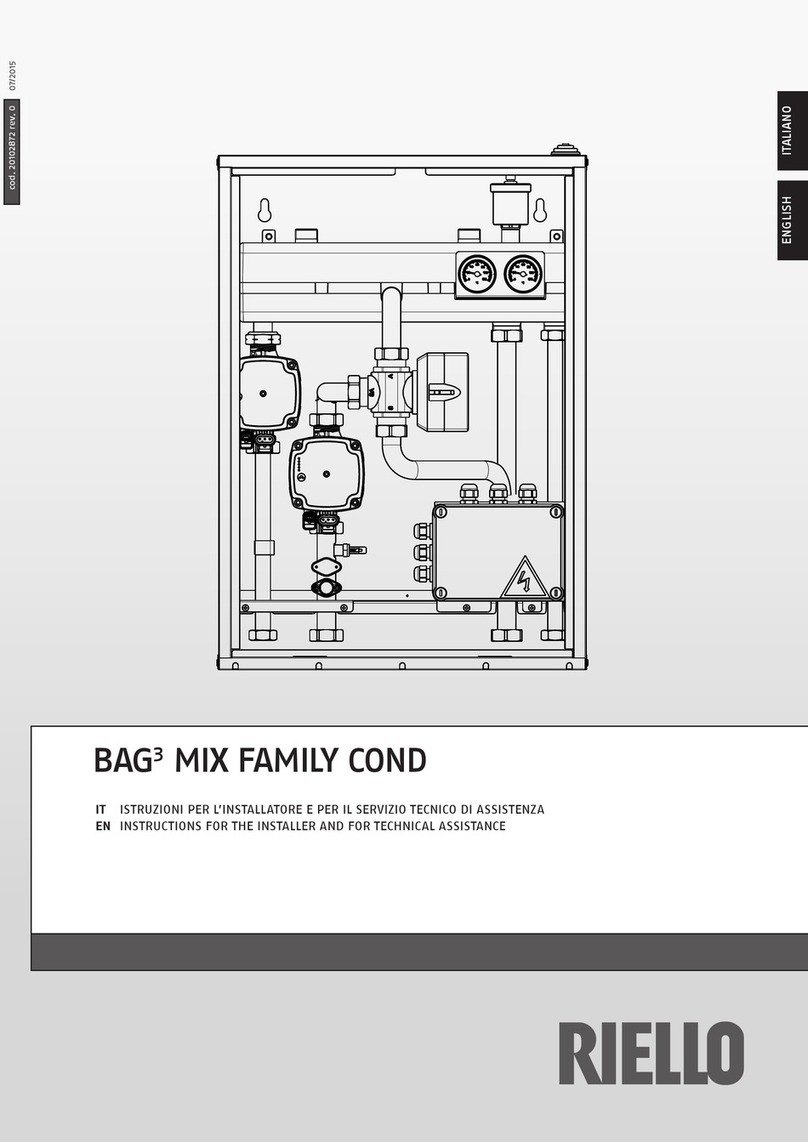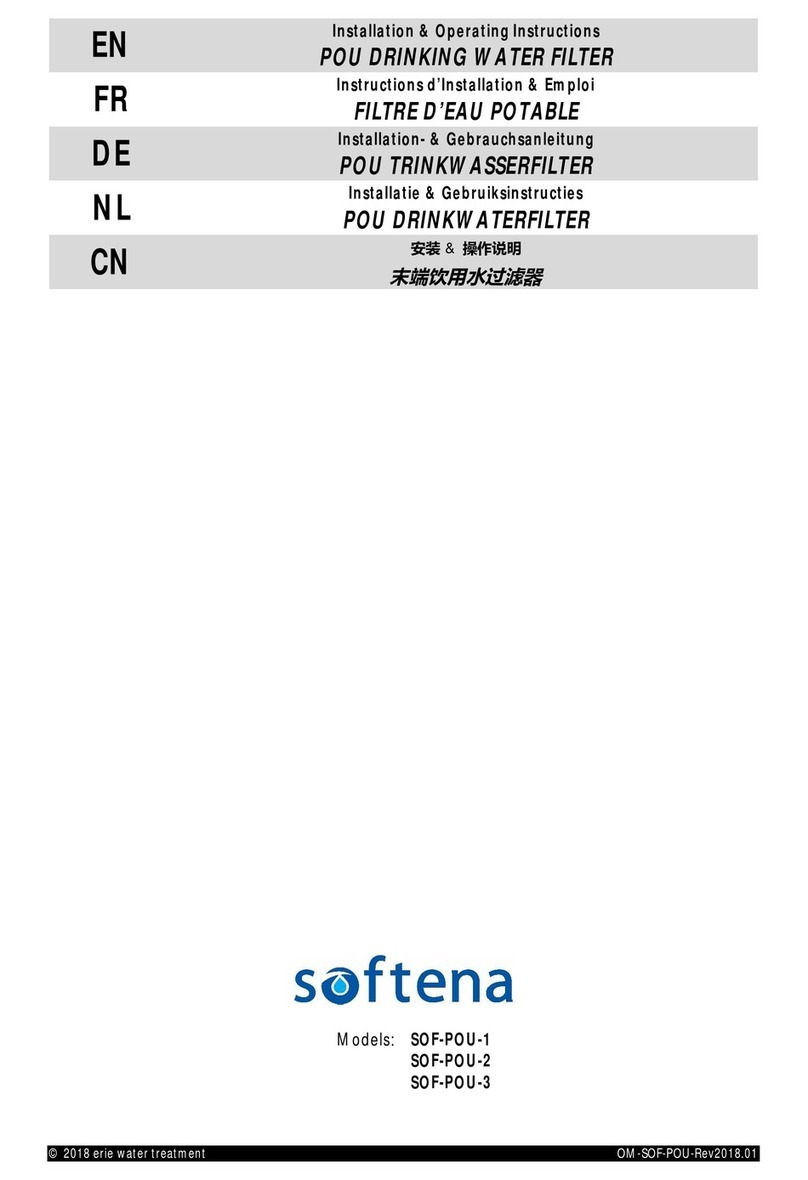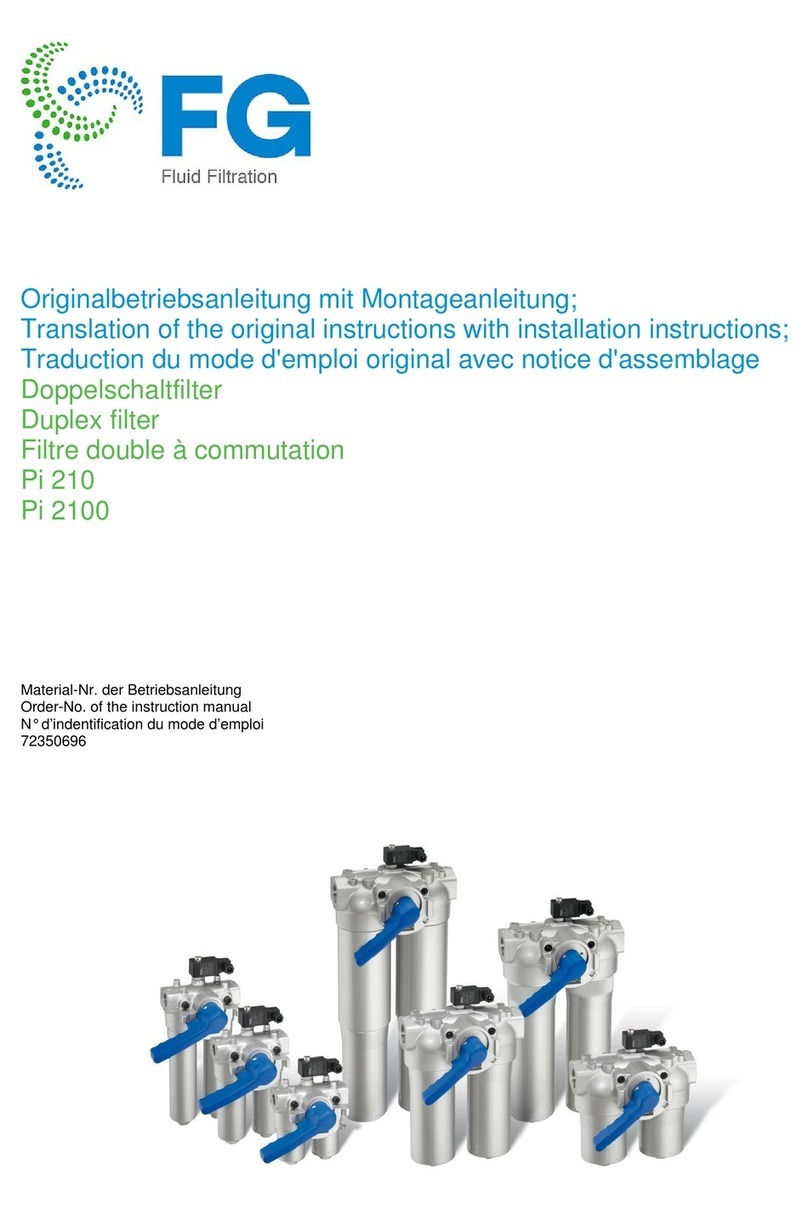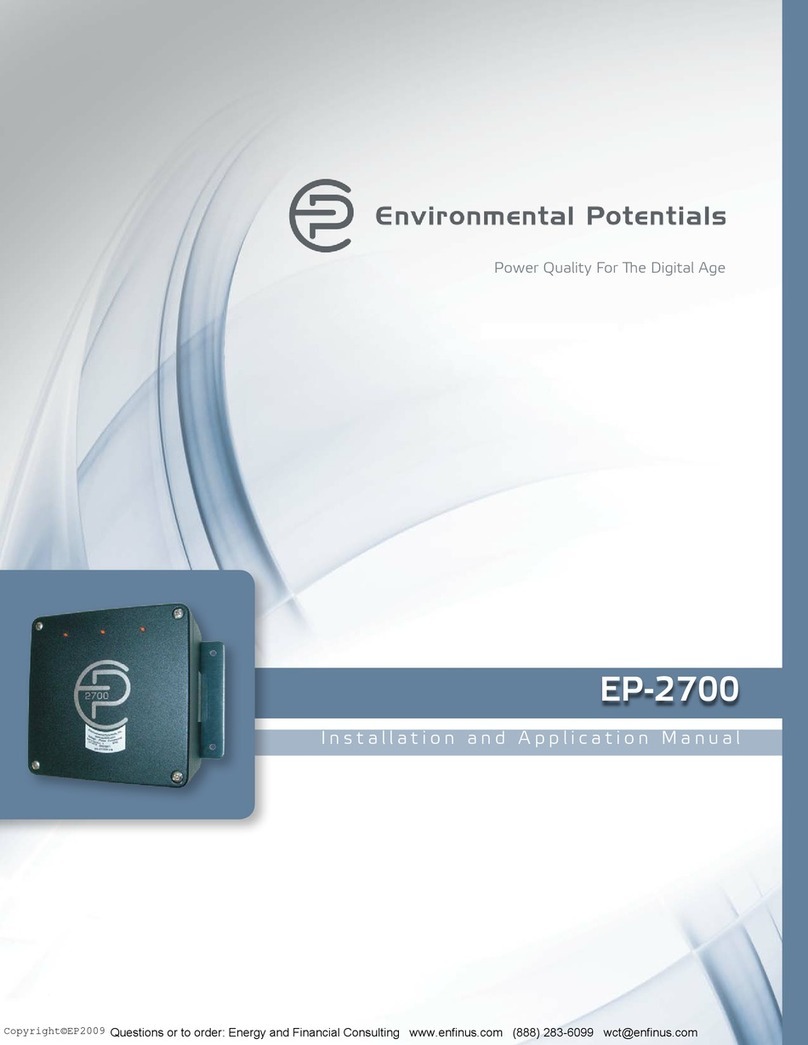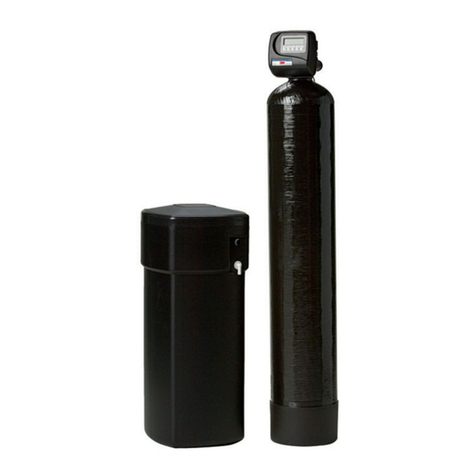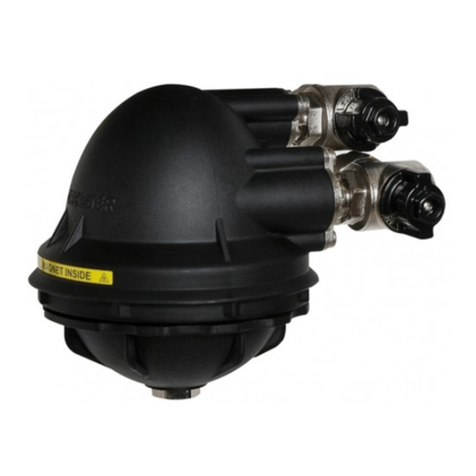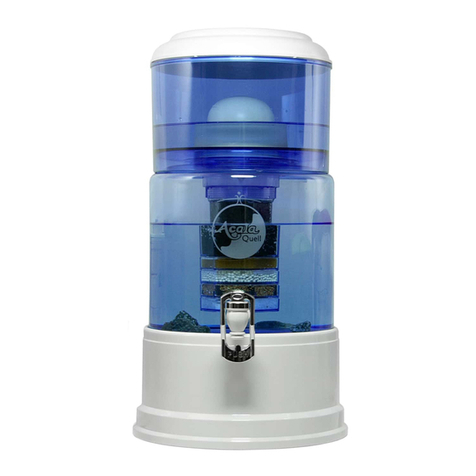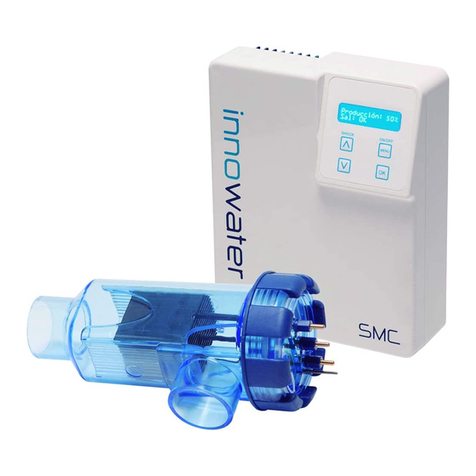
CHAPTER 2
USES, LIMITATIONS AND ADVANTAGES
Harold Heywood wrote "I often refer to
sieving as the 'Cinderella' of particle size
analysis methods; it does most of the hard
work and gets little consideration."(3)
There are numerous reasons for the
selection of high quality testing sieves as a
first choice in particle size analysis work.
Leschonski said "... because of its
simplicity - everyone immediately
understands the purpose of a stack of
sieves and its operation -and its
inexpensive- ness." (4) Standard sieve
analysis is probably the fastest and most
widely used quality control procedure in
any powder process control industry. Used
frequently as a mediating device between
the production and sales divisions of a
process corporation or between the sales
force and the customer, test sieve analysis
work enjoys the universal recognition of
being the best 'quick and dirty' test
procedure for rapid particle size distribution
data. The outcome of the analysis is easily
calculated and interpreted for comparison
between laboratories. Start-up cost to
institute a basic sieving quality control
program is minimal, and operators at most
levels of training are capable of performing
a successful sieve analysis. With these
factors in mind, it is easy to see why
testing sieves are as ubiquitous as they are
in industry. Materials from crushed ore
chunks of over 114.3 mm (4 ½”) in
diameter to slurred alumina and porcelain
powders of less than 20 micrometers are
all analyzed with test sieves on a regular
basis.
Whether hand or machine sieving, wet or
dry preparations, analysis or production
work, testing sieves have found a niche in
the quality control laboratory. Given this
overall acceptance of test sieves as a viable
analytical device and the widespread
presence of the sieve in laboratories of all
industries, any shortcomings of such an
analytical device would be magnified. For
all of the advantages available to the test
sieve user, limitations must be recognized
and accounted for in the presentation and
analysis data.
Test sieves are individuals. Being
fabricated of a woven mesh material,
variations in the weave are common. The
chances of locating two sieves with an
identical distribution of opening sizes are
extremely remote. Due to these variations,
the reproducibility of test results between
sieves can be adversely affected. The
stringent standards imposed by ASTM, ISO
or other regulating bodies have established
tolerance factors which allow for the
permissible variations in the weave while
striving to maintain a level of uniformity in
the performance of the 'test grade' sieve
cloth. (See Table 1)
With this variation of opening sizes
present, some smaller than the nominal
and some larger, the time interval of the
sieve analysis becomes extremely
important. If, for example, a sieve has
several openings far above the nominal
opening size for the particular mesh size,




















